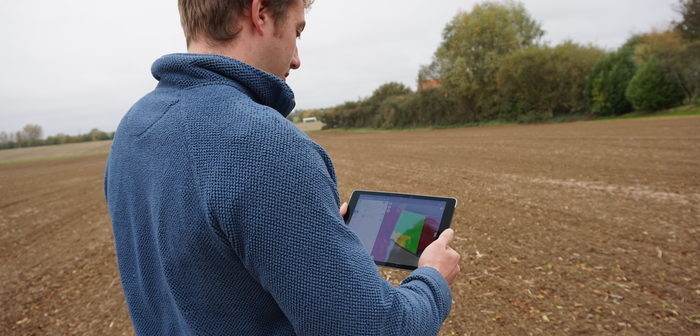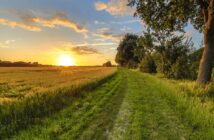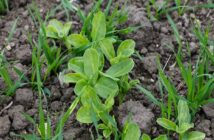Ever wondered how to make more use of the information from a drone photograph to improve crop production? For example how can aerial images taken of crops with high weed densities be used to refine a seed rate or herbicide plan?
Well this is exactly what an exciting and unique new tool within Omnia Precision Agronomy offers. The map layer tool turns a simple drone photograph into a map or layer that can be used within Omnia.
The methodology is pretty straightforward and easy to use, explains Oliver Wood, Hutchinsons, precision technology manager. “We have made it so that the user can see the field map on one side of the screen and the drone picture on the other side. It is then a case of simply adding reference points to both the picture and field map so that Omnia knows how to process the image.”
“Typically, we use easily identifiable points in and around the field like gateways, corners, trees and telegraph poles; the more points you add, the better quality the converted image.”
“Once processed, the picture is catalogued in Omnia as a layer and can be referred back to as and when needed.”
It is only by having evidence based information that it is possible to really understand the impact of our practices on a crop or field –and anything that brings about better accuracy to help growers target costs and maximise profits more efficiently has to be a good thing, says Mr Wood.
So how does this new tool help to make better crop management decisions?
We know farmers are facing huge issues with grass weeds at the moment, and more often than not it’s a problem with individual parts of fields, and this new tool offers an accurate means of measuring and recording these so that a strategy can be tailored to suit this, he says.
“For example, if wanting to judge the levels of black-grass in an oilseed rape crop, flying a drone is a really useful way of looking at the crop and gaining a visual picture of the weed pressure – until now there has not been a way to accurately record or map the weeds within a precision farming system.”
“However, this is now a straightforward task in Omnia. Visual drone imagery is easily and accurately converted into a weed pressure map or layer within Omnia which can then be used in combination with a range of other maps such as seedbed condition, nutrient status and so on within the Multi Dimension Analysis function to give an appropriate variable rate input plan.”
“This can be used across a range of crops to help manage specific issues for example identifying PCN patches or hotspots in potatoes, or accessing the growth of a dense maize crop.”
Agronomist Alex Richardson has been trailing this new tool on his family farm near Sleaford, Lincs, and has found it to be an extremely useful and valuable tool.
“We are constantly looking at ways to record and monitor how different practices affect the populations of black-grass in some of our worst-affected fields.”
“Flying a drone provides us with a really good view of how the black-grass populations pan out across the different fields and in the past we have used these visuals to mentally map or roughly record these areas in order to manage them.”
“However having the ability to do this within Omnia is a much faster, accurate and certainly more reliable way of translating this information into a useable map layer within the system -which ultimately leads to better informed agronomic recommendations.”




